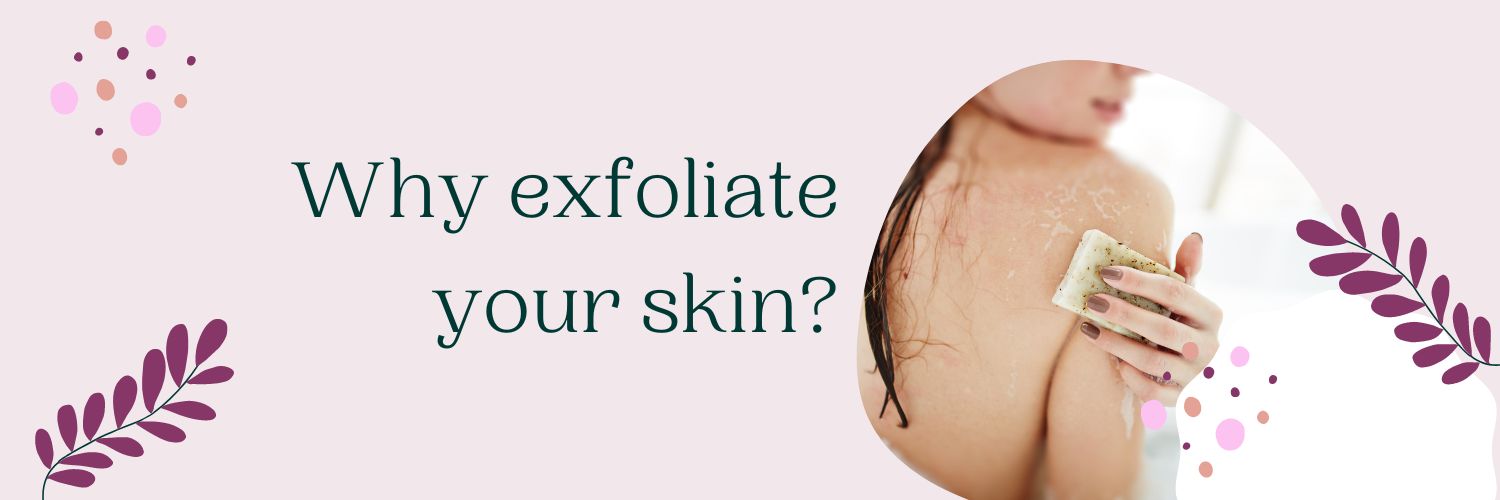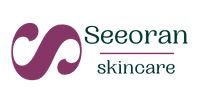The Secret to Healthy, Youthful Skin: The Benefits of Exfoliation

Disclaimer: this website does not provide medical advice. Articles are for informational purposes only and should not be used as a substitute for professional medical advice, diagnosis or treatment. Always seek the advice of your physician or other qualified healthcare provider with any questions you may have regarding a medical condition or treatment, and never disregard professional medical advice or delay in seeking it because of something you have read on this website.
Introduction
When it comes to skincare, an important step that often gets overlooked is exfoliation. Exfoliation involves removing dead skin cells from the surface of the skin, and it’s essential for maintaining healthy, glowing skin. In this article, we’ll discuss the science behind why exfoliation is important, the benefits of exfoliation, how often you should do it, what products to use, and the risks of overdoing it.
The science behind exfoliation
Our skin naturally sheds dead skin cells on a regular basis, and this can lead to a buildup of dead skin cells on the surface of the skin, causing dull, rough, and dry skin, as well as clogged pores and acne. Exfoliation helps to remove these dead skin cells, revealing smoother, brighter, and more youthful-looking skin.
Shiseido the Japanese skincare company, carried out research which found that there is a close relationship between skin elasticity and the number of blood capillaries. The number of capillaries in your skin decreases with age and it is thought that regular skin stimulation, such as exfoliation, could help to maintain youthful capillary levels.

Benefits of exfoliation
Exfoliation has a range of benefits for the skin, both short and long term. Here are some of the key benefits:
- Smoother, brighter, and more even skin tone
- Improved texture and clarity of the skin
- Reduced appearance of acne and blackheads
- Increased absorption and effectiveness of skincare products
According to Healthline.com, long term exfoliating can increase collagen production and, as we know, good collagen levels are necessary to prevent skin sagging and wrinkles.
 Dead Sea Body Scrub
Dead Sea Body Scrub
- 100% Organic Dead Sea Salt Scrub -This hand-harvested exfoliating body scrub is free from all nasty SLS/SLES (Sodium Laureth Sulfate), pollutions, and preservatives, allowing you to experience a scrub in its true organic sense. It is full of naturally enriching minerals deep from the depths of the dead sea, including Magnesium, Calcium, and Potassium
- Naturally revitalising minerals - PraNaturals Dead Sea scrub is designed as a great skincare scrub that gently melts into your skin and exfoliates leaving your skin beautifully soft, refreshed, and glowing This scrub can be used by all skin types leaving your skin soft to the touch and rejuvenated
Exfoliating products
How often you should exfoliate depends on your skin type and the products you’re using. Generally, it’s recommended to exfoliate 1-2 times per week for most skin types. If you have sensitive skin, you may need to exfoliate less frequently, or use a gentler exfoliating product.
- Cleansing scrubs are gentle exfoliants that can help remove dead skin cells and impurities, leaving the skin feeling soft and smooth.
- Exfoliating mitts are versatile tools that can be used on both the face and body to remove dead skin cells and promote circulation.
- Dry brushes are a popular choice for body exfoliation, as they help to remove dead skin cells and stimulate circulation while also promoting lymphatic drainage.
- Loofahs are natural sponges that can be used for gentle exfoliation and cleansing. They are particularly useful for smoothing rough patches on the feet and elbows.
- Pumice stones are often used to smooth rough skin on the feet and heels, helping to remove calluses and promote soft, smooth skin.
- Chemical peels using acids, such as glycolic and salicylic acid, are also a good way to exfoliate. We’re not going to go into these methods in detail here but, if you are interested, check out our article TCA or glycolic acid peels – stop your hands giving away your true age!
Let's Hear from a Doctor
Dr. Phoenyx Austin, M.D. talks exfoliation!
Exfoliate before applying fake tan
Exfoliating before applying fake tan is an essential step in achieving a flawless, streak-free tan. This is especially important when it comes to the elbows and knee area, which tend to be drier and rougher than other parts of the body.
Exfoliating helps to remove dead skin cells and dry patches from the skin, which can cause the fake tan to cling unevenly and result in a blotchy or streaky appearance. By smoothing out the skin’s texture, exfoliating creates a smooth canvas for the fake tan to adhere to, allowing for a more even, natural-looking finish.
In addition to exfoliating, it’s also important to moisturize the skin before applying fake tan. This helps to hydrate and soften the skin, which can help the fake tan to last longer.
Even if you don’t use fake tan during the summer, it is a really good idea to exfoliate your arms and legs as they often get a build up of dead skin cells over the winter and it is nice to have your skin looking its best when you are wearing shorts or summer dresses.

Dermaplaning
Dermaplaning is a form of exfoliation that involves using a sharp blade to remove the outer layer of dead skin cells and peach fuzz from your face. This process not only leaves your skin feeling smoother and softer, but it also helps to promote cellular turnover and collagen production.
If you do decide to try dermaplaning at home, it’s important to take the necessary precautions. First, make sure you’re using a sterile, high-quality blade that’s designed for dermaplaning. You should also make sure your skin is clean and dry before starting the procedure, and use a gentle, upward motion to avoid cuts or irritation.
To find out more, read our article Dermaplaning: is it true that it gives you the smooth base you need to achieve flawless makeup?
Risks of overdoing It
While exfoliation is important for maintaining healthy skin, it’s also possible to overdo it. Over-exfoliation can lead to irritation, redness, and sensitivity, as well as a compromised skin barrier. If you notice any signs of irritation or sensitivity after exfoliating, it’s important to take a break from exfoliating and use gentle skincare products to give your skin a chance to recover.
 Microdermabrasion Wand
Microdermabrasion Wand
- EXFOLIATE AT HOME - The Reinvo Facial Microdermabrasion Wand is a powerful skincare tool that gently removes dead skin cells and other surface impurities to reveal a brighter and healthier complexion. Its gentle exfoliating power also helps prevent pimple breakouts and stimulate collagen production.
- FOR A BRIGHT AND SMOOTH COMPLEXION - Decongesting pores with Reinvo’s advanced suction technology enhances circulation, giving you a healthy, rosy glow and a more even skin tone. Before the treatment, perform a skin sensitivity test to determine the suction level that best suits your skin.
Conclusion
Exfoliation is a super important step in your skincare routine. By removing dead skin cells, you can reveal smoother, brighter, and more youthful-looking skin. It’s important to exfoliate regularly, but not too frequently, and to choose the right exfoliating products for your skin type.
The Seeoran team are big fans of exfoliating. We regularly exfoliate our body in the shower, using exfoliating mitts, and we use dermaplaning for our face. We are careful with our face because some of the team use Tretinoin, which causes skin cells to turn over more quickly and can lead to drying and irritation.
We believe that exfoliating is a must because it has short and long term benefits. It is also extremely inexpensive as the products are cheap and last a long time. The only hard part is remembering to do it!
Do you think exfoliating is important? Do you include it in your weekly beauty routine? Do you see benefits from exfoliating?
